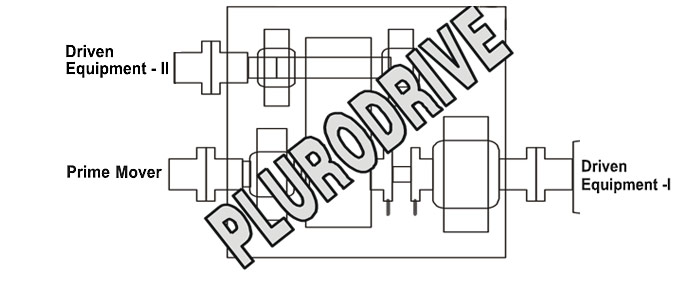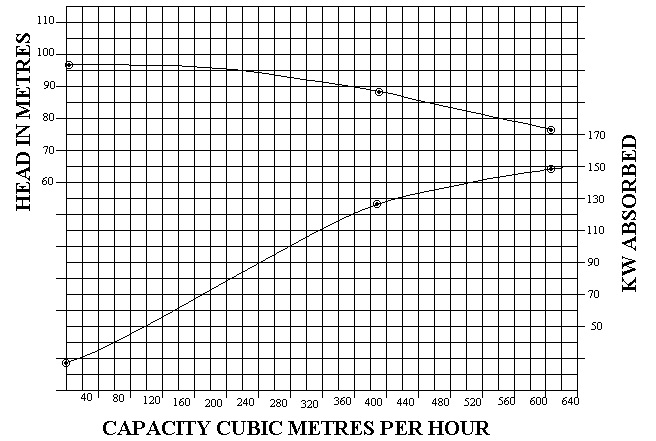
Fire fighting pumps are installed in Industry with good intensions but are rarely well maintained. During a fire emergency the prime mover, whether an electric motor or a diesel engine, will work only & only if it is well maintained.
This article / talk is about diesel engines as Prime movers of fire pumps.
Only if diesel engines are well maintained, run daily & regularly, will they start up in emergencies. Otherwise a drained battery; air or moisture in the diesel circuit, lube oil coagulation, inability to deliver the rated power etc. could be causes of failure of the diesel engine in a fire emergency.
A traditional diesel driven fire pump has following lacunas which need to be addressed.
- Emergency power supply not available.
- Regular maintenance drills not being carried out.
- The trials are not accurate. The engine power is inadequate or at least the engine is untested for its power (HP) generating capacity.
- Indifference of the management.
Emergency power supply not available.
Emergency power is an essential need during a fire accident for following reasons.
- Compound, pump room and flood lighting to improve visibility in case of an evening or night time accident.
- Air flow in the pump room for the diesel engine’s breathing and cooling needs. For example a small 50 HP Radiator cooled diesel engine requires 179 m3 per hour of air for combustion and 6,650 m3 per hour of air for cooling. So one can see that good air flow in the installed room is a must in any diesel driven system, else the engine stops.
One must remember that diesel fire pumps are started in a fire emergency when the electric supply & its backup has failed or for some reason one has to switch off all electric supply.
Without emergency lights (to improve night visibility) & essential air flow (by blower & (or) exhaust fans) the fire fighting activity may stall due to :-
- The fire fighters may not be able to reach the essential hydrant points due to poor visibility at night.
- The diesel engine may stop due to want of air.
Regular maintenance drills not being carried out.
This results in unreliability. In fact many cases of diesel engine failure, the diesel engine just does not start up during the fire emergency, for one reason or the other. At times even the operator is not well versed with the start up characteristics of the set. And as there is no check that drills are being carried out, except the log books, which are easily manipulated by the maintenance staff themselves, it is very difficult to address this problem. Many organizations do argue that “We undertake a daily trial” - which may be true. But there is no independent cross checking within the organization.
The trials are not accurate. The engine power is inadequate or at least the engine is untested for its power (HP) generating capacity.
Generally when a trial run of a fire pump is conducted, the water is made to flow back via the bypass line, into the sump. This is a smaller pipe and hence discharge is less. For example in a 410m3/hr – 88 mts. head pump, the flow during trial may be about 80m3/hr. The corresponding power demand of the pump is below 50kw. The diesel engine attached is 165 kw.
On a daily basis the engine wears down & its power delivering ability reduces by a factor of . Over time the engine may have deteriorated to say 125 kw from the rated 165 kw due to aging, normal/abnormal wear & tear, improper site conditions, corrosion, errors by the maintenance staff (improper tappet setting, etc.) improper fuel and luboil etc. etc. But this is neither known nor checked by the organization, in fact because of the daily “successful trial”, where the power demand is far below its rated capacity, a false sense of security prevails.. The exact power requirement of any site installed pump cannot be easily checked, except by the use of expensive and cumbersome gadgetry.
However, during the fire emergency when one starts the set, the pump discharge is about or more than 410m3/ hr. The corresponding power demand of the pump is about 148 kw and not below 50 KW. (The above is highlighted by the characteristics curve of a reputed pump manufacturer shown on the last page).
This implies that our traditionally coupled fire pump although run daily, will start but may soon stop in a real fire emergency, as the engine power is inadequate or at least the engine is untested for its power (HP) generating capacity.
Indifference of the management.
Maintenance drills & trials drain the resources of an organization and hence sometimes even the management shirks away from regular trials.
For example the annual cost (fuel, spares, lub oil, etc.) incurred just to maintain a 220 hp / 165 kw diesel engine in running condition is about Rs. 2,50,000/= and that too without checking its HP generating ability. The corresponding figure for a 50 HP engine is about Rs. 65,000=00.
Attaching an alternator by the side of the set with the help of a special mechanical, positive drive addresses the above drawbacks as under. [Layout as shown in the figure].

- Get emergency power, also.
- Easy & convenient proof of trial.
- One can check engine HP generating ability periodically & regularly.
- Easy checking of equipment before & after any maintenance.
- A DG set is looked upon as an asset & therefore well maintained, a fire pump as a liability because it does no productive work & is therefore neglected, resulting in very low reliability of the fire fighting pump set .
In the foregoing example a 160 KVA alternator is connected to the set, resulting in following options to the user.
- Option 1 : 1. Get emergency power, also. Run the pump with the engines to get the required full capacity output ie. 410m3/hr at 88 mts head and simultaneously get about 18 KVA power from the alternator for emergency power needs. Use this for exhaust / blower fans, pump room lights, flood lights, compound lighting etc.
- Option 2 : Run only power alternator to get upto 160KVA & keep the pump idle.
2A. Easy & convenient proof of trial. While conducting regular maintenance drills run only power alternator keeping the pump idle & feed the power into predetermined areas of the plant. An alternator’s running will get noticed by the plant people or even by people at the head office, taking daily reports, as the output can be used for some selective plant activities. This is an independent check that the set was run. Power generation is linked to production & comfort related activities & hence generators are always well maintained. We are using this inherent quality of the system (or let us say mindset of the people) to ensure that the diesel engine of the fire pump is regularly run. Because of frequent use, the attendants are also confidents as well as well versed with the starting & running behavior of the engine & will thus be able to start the sets quickly in fire emergency.(addresses point 2 above).
2B. One can check engine HP generating ability periodically & regularly as one can draw a measured & accurate output from the alternator (keeping the pump idle) in this case full 160 KVA 3 phase unlike in installed fire pump where the discharge & hence the power demand cannot be accurately measured. The day the alternator / engine cannot supply the rated KVA, one can rectify the engine for lack of power. Thus one is sure of the engine’s HP generating ability. (addresses point 3 above). - Option 3 : One can put the drive in neutral position and run only engine, keeping both the equipment idle. This facilitates easy checking of equipment before & after any maintenance. This is a distinct advantage over conventional sets where physical decoupling must be done to check the equipment independently.
A DG set is looked upon as an asset & therefore well maintained, a fire pump as a liability because it does no productive work & is therefore neglected, resulting in very low reliability of the fire fighting pumpset. By connecting an alternator one is imparting the qualities of the former on the latter to enhance the “reliability of the prime mover in times of emergency.”
N.B. All along we have used one particular example but we can extrapolate the same to smaller or bigger sizes from 20 hp to 900 hp with similar gains and enhanced reliability. All figures pertaining to head, flow, efficiency, power absorbed, fuel consumption, etc are based on respective manufacturer’s data & are subject to change.
CHARACTERISTICS OF REPUTED MAKE FIRE PUMP







